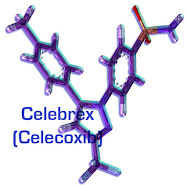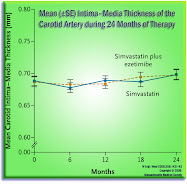This tiny craft allows much more cost-effective, and nuanced longer term searches for atmospheric and magnetic signatures from transiting exo-planets. It was designed and built in Boulder, by Dr. Kevin France -- a wunderkind. It has been logging transits now for over a year, and has offered the first concrete evidence of what may be a magnetosphere around a "Goldilocks" exoplanet. That would be a pretty powerful indicator of the right conditions for biology, as we understand it. Here's the latest, from CU Astrophysics -- and overnight, NASA is reworking its presser -- as I speak. Do take a look:
. . .The Colorado Ultraviolet Transit Experiment (CUTE) is a 4-year, NASA-funded project to design, build, integrate, test, and operate a 6-unit CubeSat (30 cm x 20 cm x 10 cm). CUTE is planned to have a 1-year nominal mission lifetime and will launch in late September 2021. Using near-ultraviolet (NUV) transmission spectroscopy from 255 to 330 nanometers (nm), CUTE will characterize the composition and mass-loss rates of exoplanet atmospheres by measuring how the NUV light from the host star is changed as the exoplanet transits in front of the star and passes through the planet’s atmosphere. Transit light curves created from CUTE observations will provide constraints on the composition and escape rates of these atmospheres, and may provide the first concrete evidence for magnetic fields on extrasolar planets.
The keys to unlocking the diagnostic potential of these systems are spectral coverage in the appropriate bandpass and the ability to follow the systems for several orbital periods. CUTE is designed to provide exactly that – low resolution spectroscopy of critical atmospheric tracers (Fe II, Mg II, Mg I, OH) that are inaccessible from the ground, and a dedicated mission architecture that enables the survey required to characterize atmospheric structure and variability on these worlds.
CUTE was assembled and tested at the University of Colorado, Boulder and the Laboratory for Atmospheric and Space Physics (LASP). It is operated with LASP’s flight operations facilities. Dr. Kevin France is the Principal Investigator of the CUTE mission at LASP. . . .
According to NASA, CUTE was launched as a secondary payload on NASA’s LANDSAT-9 mission on September 27, 2021 into a Sun-synchronous orbit with a 560 km apogee. The small craft / scope was deployed two hours after launch and then deployed its solar arrays. Spacecraft beacon signals were identified by the amateur radio community on the first orbit and communications were established with the ground station at the University of Colorado the following day. On-orbit commissioning of the spacecraft and instrument concluded in February 2022 and the mission has been conducting science operations since that time. . . .
Onward, grinning ear to ear, even though it is only 22 degrees out now -- down from 76 yesterday afternoon. Whoosh!

नमस्ते

















2 comments:
And then there's these: https://www.cnn.com/2024/02/28/world/uranus-neptune-new-moons-scn/index.html
Excellent fodder for the morning, tomorrow!
Namaste. . . .
Post a Comment